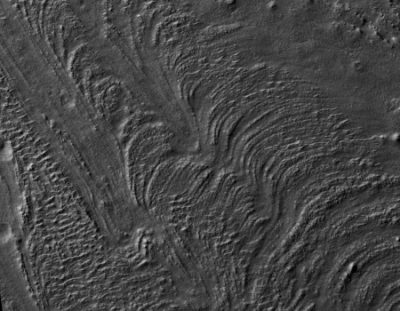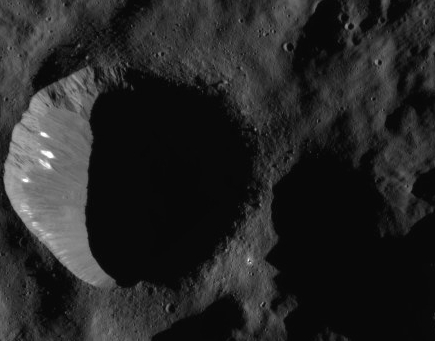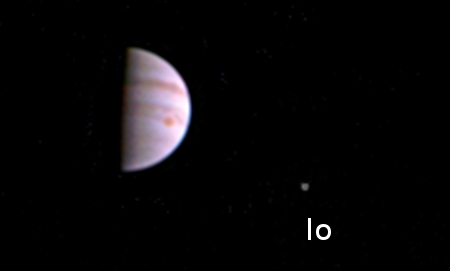Juno swings back towards Jupiter
Juno has now passed the farther point from Jupiter in its first orbit and has started dropping back down to the gas giant.
Juno arrived at Jupiter on July 4, firing its main rocket engine as planned for 35 minutes. The flawless maneuver allowed Jupiter’s gravity to capture the solar powered spacecraft into the first of two 53.4-day-long orbits, referred to as capture orbits. Following the capture orbits, Juno will fire its engine once more to shorten its orbital period to 14 days and begin its science mission.
But before that happens, on Aug. 27, Juno must finish its first lap around Jupiter, with a finish line that represents the mission’s closest pass over the gas giant. During the encounter, Juno will skim past Jupiter at a mere 2,600 miles (4,200 kilometers) above the cloud tops.
Juno has now passed the farther point from Jupiter in its first orbit and has started dropping back down to the gas giant.
Juno arrived at Jupiter on July 4, firing its main rocket engine as planned for 35 minutes. The flawless maneuver allowed Jupiter’s gravity to capture the solar powered spacecraft into the first of two 53.4-day-long orbits, referred to as capture orbits. Following the capture orbits, Juno will fire its engine once more to shorten its orbital period to 14 days and begin its science mission.
But before that happens, on Aug. 27, Juno must finish its first lap around Jupiter, with a finish line that represents the mission’s closest pass over the gas giant. During the encounter, Juno will skim past Jupiter at a mere 2,600 miles (4,200 kilometers) above the cloud tops.








